Hook: Did you know that over 40% of ornamental evergreens experience visible winter burn damage during cold seasons in North America? This hidden threat can quickly transform healthy landscapes into distressed sights. Understanding winter burn on trees is essential for every property owner and gardener—your green investments and curb appeal may depend on it!
Surprising Facts About Winter Burn on Trees
Winter burn is not just a rare occurrence—it's a widespread problem that strikes many varieties of evergreen plants and shrubs each year. While many believe winter damage is inevitable, a surprising number of cases are preventable when home gardeners and tree stewards know the warning signs and causes. Winter burn on trees is particularly tricky because the symptoms often remain undetected until late winter or early spring, by which time burn damage can impact the entire plant or even the surrounding landscape. The threat intensifies in regions with frequent winter winds and winter sun, especially where soil moisture is scarce. Not only does winter burn impair a tree’s beauty, but it can also reduce the plant’s resilience for future growing seasons. Recognizing and acting fast is the key to stopping winter burn before it spreads.
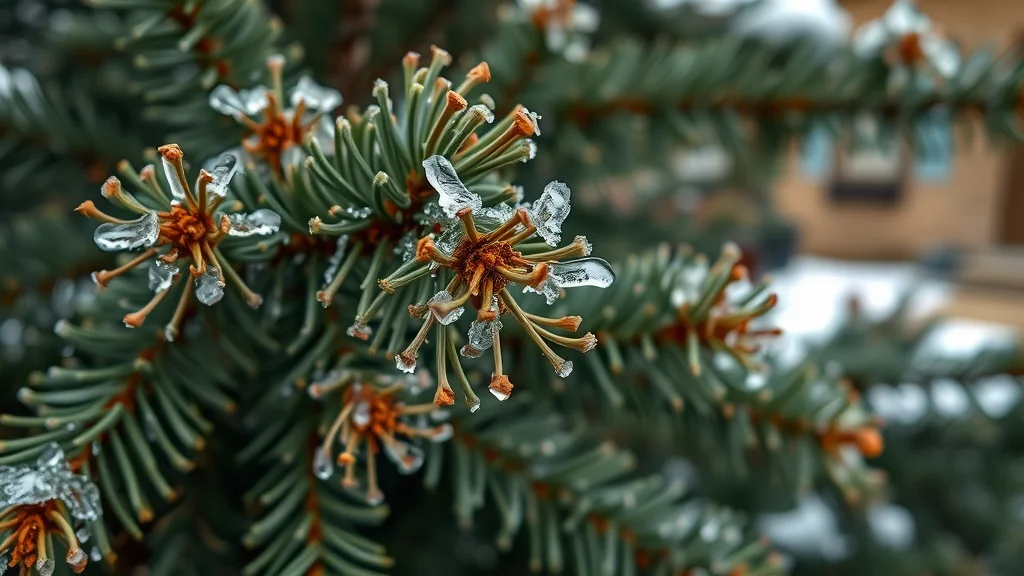
What You'll Learn About Winter Burn on Trees
The science behind winter burn on trees
How to identify winter burn versus other tree injuries
Critical prevention strategies for winter burn
Expert tips for rapid recovery from winter burn on trees
Answers to the most common questions about winter burn on trees
Defining Winter Burn on Trees and Why It Happens
What is a Winter Burn?
Winter burn on trees refers to a unique type of winter injury primarily affecting evergreens and some broadleaf trees. It develops when cold, dry winds and cyclical freezing and thawing drain moisture from needle- and leaf-tissue. Since the ground may be frozen or too cold for roots to absorb new water, the tree’s foliage loses more moisture than it can replace—resulting in browning, dieback, and visible decline. This often follows a pattern: scorched leaf tips, especially on the side of the plant facing the prevailing winds or winter sun, can rapidly turn brown and brittle as cells dry out. Over time, a tree suffering from winter burn damage may struggle throughout the next growing season, especially if dehydration continues or drought remains a factor.
How Winter Burn on Trees Develops
Lack of available water during freeze-thaw cycles
Desiccating winds remove moisture from needles and leaves
Soil conditions and stress from temperature variation sap moisture near the root system
Species susceptibility varies—some evergreens are more prone to winter desiccation than others

“Winter burn on trees is often mistaken for disease, but its underlying cause is typically environmental stress.” — Dr. Jane Arbor, Arborist and Plant Scientist
Identifying Winter Burn on Trees: Symptoms, Diagnosis, and Lookalikes
What Does Winter Burn Look Like?
Spotting winter burn on trees early can save your landscaping. The most obvious signs are scorched, reddish-brown or bronze tips on needles or leaves, prominently on windward or sun-exposed areas. Unlike fungal leaf spots, winter burn typically affects the whole tip or edge of the foliage and follows a directional pattern according to prevailing winds or exposure. Damage often progresses from browning at the tip to dieback toward the tree trunk, especially if water loss continues into spring. Some needle-bearing evergreens may show entire clusters of foliage turning brown, while others may have patchy or one-sided symptoms based on their placement and exposure. Knowing these distinctions can help you manage the entire plant before disease or further injury sets in.

Distinguishing Between Winter Burn on Trees, Bark Split, and Other Issues
Bark split usually presents as vertical cracks in the trunk, often from temperature fluctuations in winter conditions, while winter burn is confined to foliage rather than the trunk or bark itself.
Use an assessment checklist: check for late summer stress, patchy browning, and splits on the bark. True winter burn will not show fungal fruiting bodies, unlike infections.
For a closer look, watch this walkthrough video showing authentic examples of winter burn across various tree species. The video highlights key symptoms that distinguish winter burn from bark split and other tree injuries, using helpful close-ups and comparative shots.
Primary Causes of Winter Burn on Trees
Environmental Factors that Lead to Winter Burn on Trees
Exposure to prevailing winter winds increases moisture loss and stress on exposed foliage.
Sudden temperature swings, especially between late summer and early winter, disrupt a tree’s acclimation to cold weather and makes foliage more vulnerable to tissue damage.
Root dehydration from frozen or dry soil prevents effective water uptake even when air temperatures warm briefly.
Improper mulching or planting too close to paved surfaces can intensify soil drying and temperature fluctuations at the root zone, increasing risk for winter burn on trees.
How Late Summer Conditions Impact Winter Burn on Trees
Late summer plays a surprisingly crucial role in how trees cope with winter. Episodes of drought and high heat late in the growing season prime trees for severe winter burn by reducing the amount of moisture stored in leaves, needles, and root systems. If inadequate rainfall or irrigation occurs during this period, trees are less able to withstand moisture loss during freeze-thaw cycles or winter sun exposure. Especially for shallow-rooted species, the effects of a dry late summer echo through freezing months, making recovery slower and symptoms more severe. It's vital for tree owners to focus on soil moisture and adequate deep watering before the first freeze. By maintaining healthy root systems and ensuring trees are well hydrated before winter, you can dramatically cut down on winter burn damage throughout winter months.
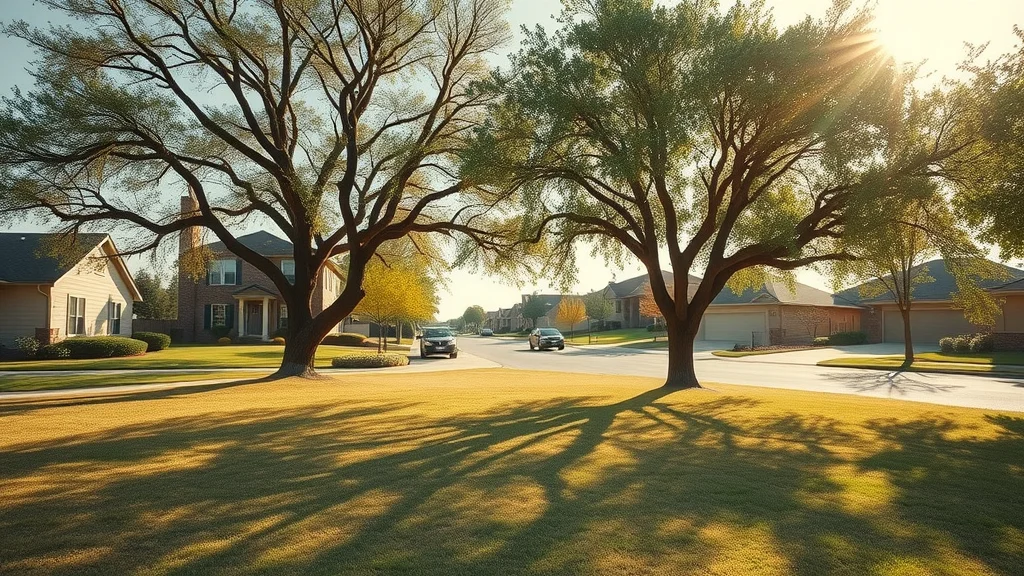
While winter burn is a significant concern for tree health, it's important to recognize that severe weather events can also pose immediate and long-term risks to your landscape. For a deeper look at how storms can impact trees and homeowner safety, explore the tragic toll of severe storms in St. Louis and the importance of proactive safety measures.
Which Trees Are Most at Risk for Winter Burn?
Boxwood, arborvitae, pine, and holly are among the most susceptible to winter burn.
Shallow-rooted and young trees are especially at risk, as their root systems cannot access deeper moisture during periods of winter desiccation.
Tree Species |
Susceptibility to Winter Burn |
Most Vulnerable Conditions |
|---|---|---|
Boxwood |
High |
Wind-exposed, poorly mulched |
Arborvitae |
High |
Shady, north-facing, late summer dry |
Pine |
Moderate |
Young trees, exposed roots |
Holly |
High |
Unprotected, near roads/salt |
Can Trees Recover from Winter Burn?
Many trees can recover from winter burn if given the right care at the right time. The first step is to assess the extent of the winter burn damage. Promptly prune away dead or scorched limbs, and ensure soil stays moist during early spring thaws for best regrowth. While some trees may lose foliage or have slow starts in the next growing season, healthy root systems can generate vibrant new growth if moisture and care are prioritized. Acting swiftly increases the likelihood of your trees bouncing back by summer.
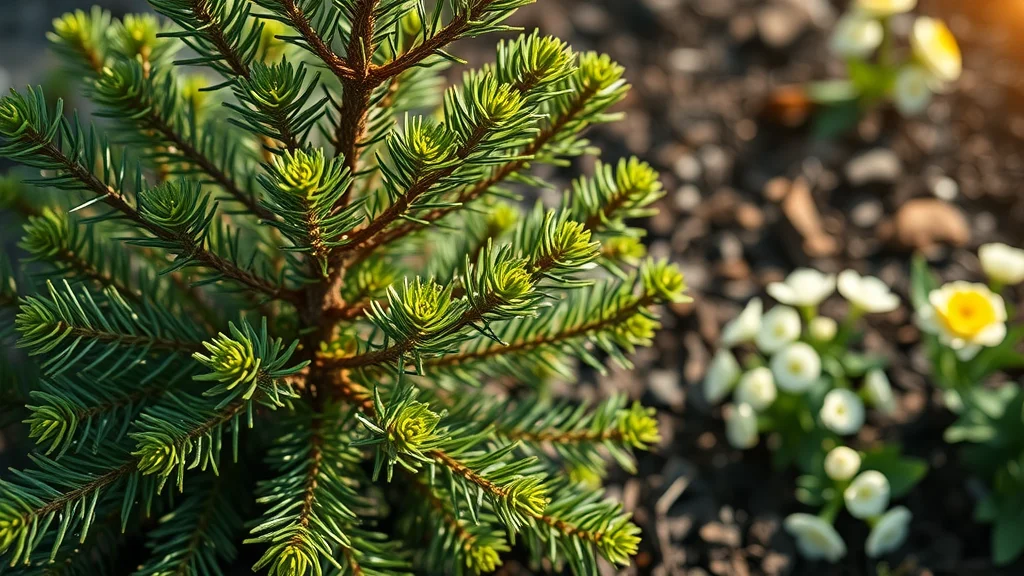
How to Fix Winter Burn on Trees Quickly
Step-by-Step Recovery Process for Winter Burn on Trees
Evaluate winter burn severity and health of the tree before starting any intervention.
Prune only dead or thoroughly damaged limbs—avoid over-pruning potentially viable tissue.
Water deeply at the drip line if soil is dry and thawed, especially as temperatures rise in early spring.
Apply anti-desiccant sprays if recommended for your species and climate to curb further moisture loss.
Mulch roots with 2–4 inches of natural mulch to maintain consistent soil moisture and moderate soil temperatures.
Monitor trees throughout the season for new growth—look for bud or leaf development and signs of overall vigor.
Watch an expert demonstration on how to respond quickly to winter burn on trees, including detailed pruning and mulching steps that promote rapid recovery.
Common Mistakes to Avoid When Treating Winter Burn on Trees
Avoid over-pruning live branches—cut only clear deadwood or fully brown needles.
Don’t neglect hydration, even during late winter and early spring thaws—root systems require steady moisture to recover.
Refrain from fertilizing too early; inappropriate fertilization timing can further stress trees already recovering from winter damage.
Proactive Measures: How to Prevent Winter Burn on Trees
Best Practices to Protect Plants and Trees from Winter Burn
Choose winter-hardy species suited to your local hardiness zone.
Water trees thoroughly in late summer and fall to bolster root and leaf moisture levels before winter arrives.
Apply 2–4 inches of mulch around the base to insulate roots and retain moisture throughout winter.
Install windbreaks or fences to shield vulnerable trees from harsh winter winds and sun.
Use burlap wraps or covers on particularly sensitive trees to protect plants during extreme cold snaps and rapid temperature changes.

“Preventive care in late summer gives most trees the best chance at surviving winter burn with minimal impact.” — Terri Green, Certified Landscape Designer
People Also Ask About Winter Burn on Trees
What does winter burn look like?
Winter burn appears as browning, bronzing, or scorched tips on evergreen needles or leaves, often on the side exposed to sun and wind. These symptoms most commonly develop after periods of severe cold or wind in the winter months.
Can trees recover from winter burns?
Yes, with proper care, trees can often recover from mild to moderate winter burn. Essential recovery steps include pruning brown or dead foliage, maintaining consistent soil moisture, and monitoring new growth through the next growing season.
How to fix winter burn?
Fix winter burn by trimming dead or severely damaged foliage, ensuring the root zone remains moist, mulching to preserve moisture and warmth, and considering anti-desiccant sprays where appropriate. The process varies by species and severity of the winter burn on trees.
What is a winter burn?
Winter burn is environmental damage caused by dry, cold weather. It leads to moisture loss in foliage, especially in evergreens, resulting in browning, dieback, and reduced vitality if untreated.
FAQs about Winter Burn on Trees
How fast can winter burn appear? — Winter burn can develop within a few days of severe cold and wind exposure for sensitive species, though symptoms may not be clearly visible until late winter or early spring.
Should I fertilize trees after winter burn? — Wait until active new growth appears and the risk of frost has passed before fertilizing. Premature fertilization may stress the plant.
Is winter burn on trees a threat to tree survival? — Most trees survive minor winter burn with proper care. Severe or repeated damage can stress the tree and increase susceptibility to pests and other diseases.
Can deciduous trees get winter burn? — While more common in evergreens, young or thin-barked deciduous trees can experience similar desiccation symptoms, especially if roots are stressed or exposed.
Key Takeaways: Winter Burn on Trees
Winter burn on trees stems from cold, dry winds and inadequate moisture during winter conditions.
Prompt identification and early intervention maximize recovery for the entire plant.
Preventive care—especially in late summer—greatly reduces a tree’s risk for winter burn damage in the following winter months.
Grow Your Expertise: Next Steps for Protecting Trees from Winter Burn
Grow your landscaping expertise—call 203-271-7991 or visit TreeGuardianNews.com to subscribe.
If you’re committed to safeguarding your trees from every seasonal threat, it’s wise to consider the broader context of landscape safety. Severe storms can cause sudden, devastating damage that goes beyond winter burn, affecting not just your trees but your entire property and community. To gain a deeper understanding of how extreme weather events can impact homeowners and the critical steps you can take to protect your landscape, read about the tragic consequences of severe storms in St. Louis and why proactive safety is essential for every homeowner. Expanding your knowledge of both seasonal and storm-related risks will empower you to create a resilient, thriving outdoor environment year-round.
 Add Row
Add Row  Add
Add 

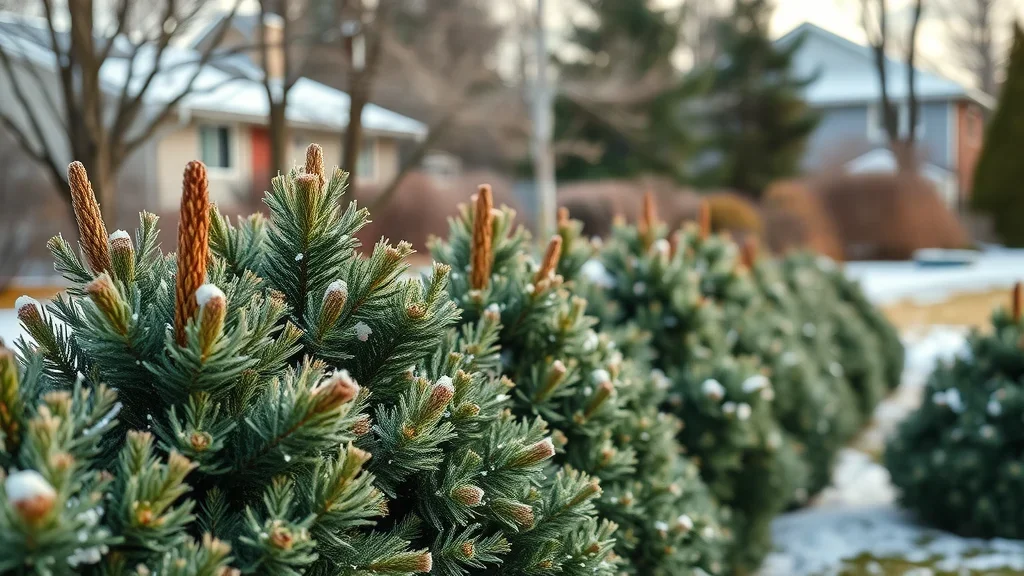
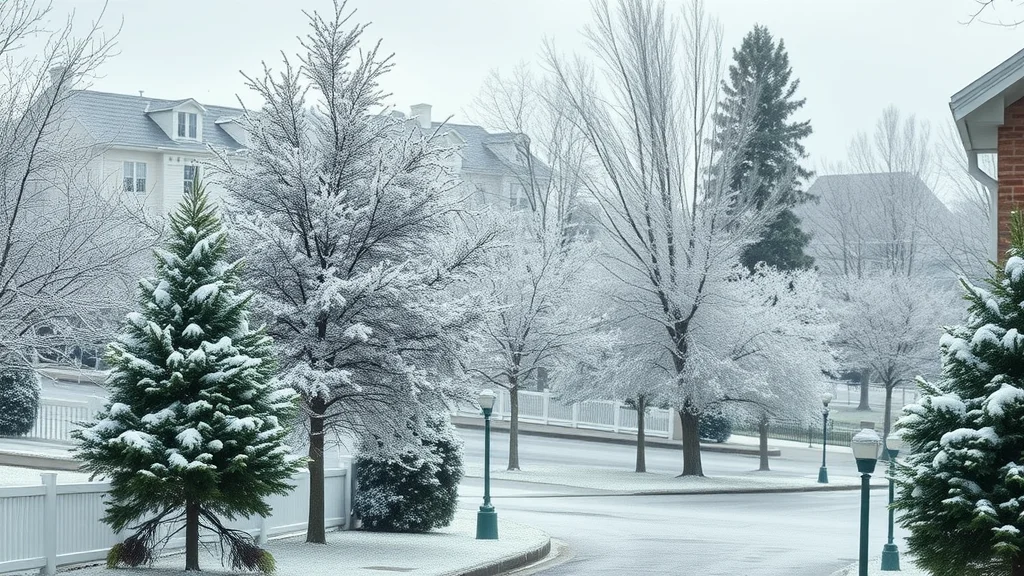

Write A Comment